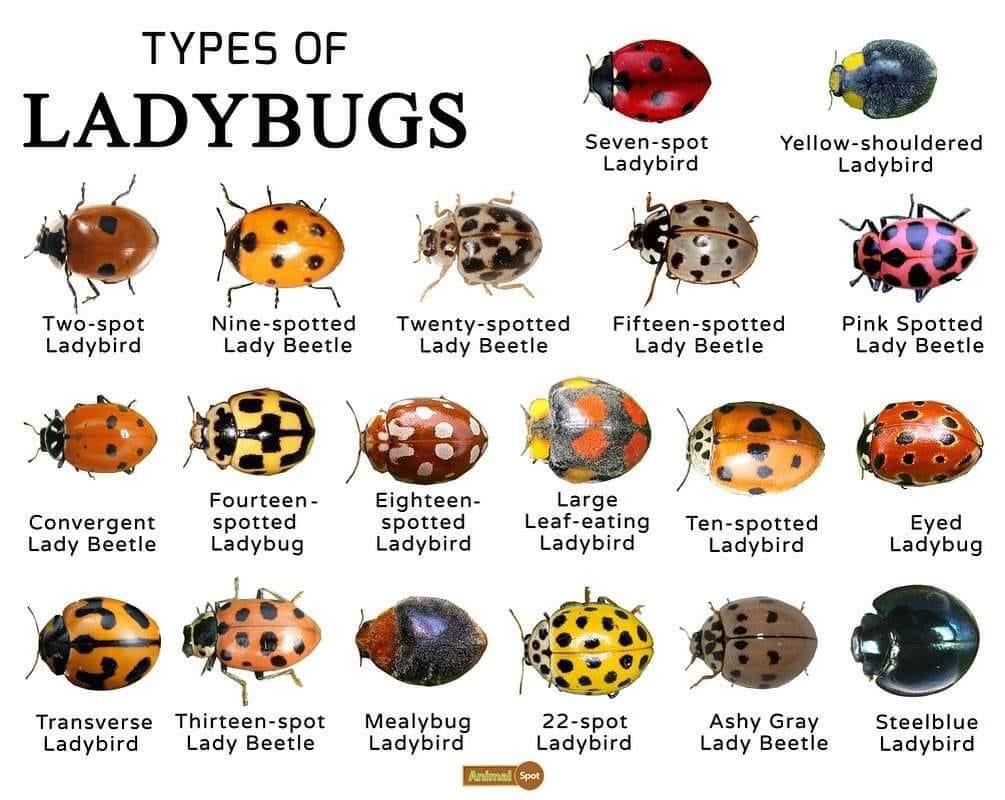
Contributor
Ladybugs, also known as lady beetles or ladybird beetles, are beneficial insects with about 5,000 species worldwide and 150 in the U.S. They're gardeners' allies, preying on pests like aphids, mites, mealybugs, and scale insects. A single ladybug can eat up to 5,000 aphids in its lifetime, offering eco-friendly pest control. Besides being pest controllers, ladybugs are pollinators, feeding on pollen and nectar, and aiding in plant fertilization for increased crop yields. They also help control populations of other potentially harmful insects like caterpillars, whiteflies, and leaf beetles, contributing to a balanced ecosystem.

Beauty Of Mother Earth
Beauty Of Mother Earth
1. Rhyzobius chrysomeloides (Fuzzy brown) 2. Convergent (Most common in North America) 3. California Beetle (Spotless red) 4. C-7 (Seven-Spotted, most common in Europe) 5. 22-Spot (Bright yellow) 6. Cardinal (Black body with red markings) 7. Pink Spotted Beetle (Oblong pink) 8. Hadda Beetle (Yellow-orange potato pest) 9. Two-Spotted (Red with two spots) 10. Twenty-Spotted (Cream-colored) 11. Orange-Spotted (Black with orange spots) 12. Three-Banded (Tiger-like) 13. Eye-Spotted (With eye-like spots) 14. Fifteen-Spotted Beetle (Unusual white) 15. Twice-Stabbed (Black with red spots) 16. Pine (Black with comma-shaped spots) 17. Heather (Black with red row) 18. Larch (Brown with M mark) 19. Painted (Mottled brown and gray) Each species has unique characteristics and roles in the ecosystem, with most being beneficial due to their diet of crop-damaging pests. Image credit: Animal Spot Text credit: Earth Unreal